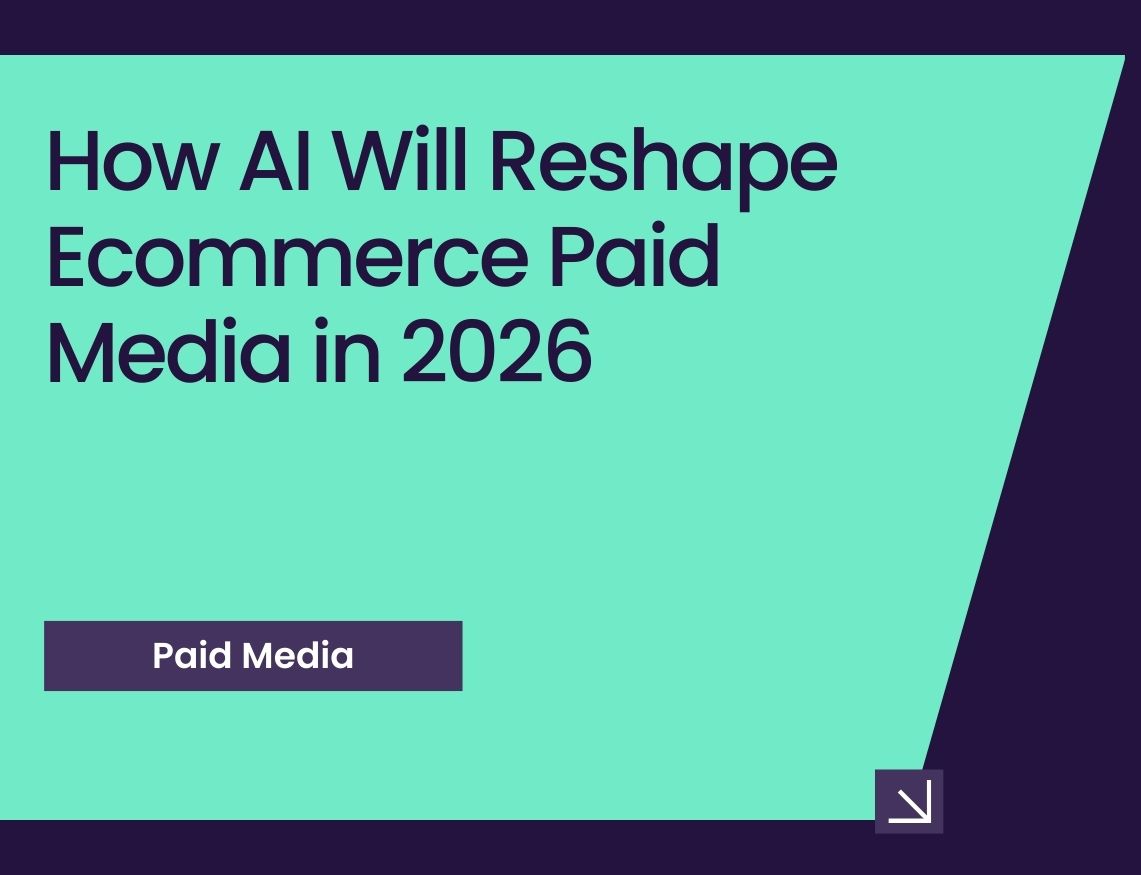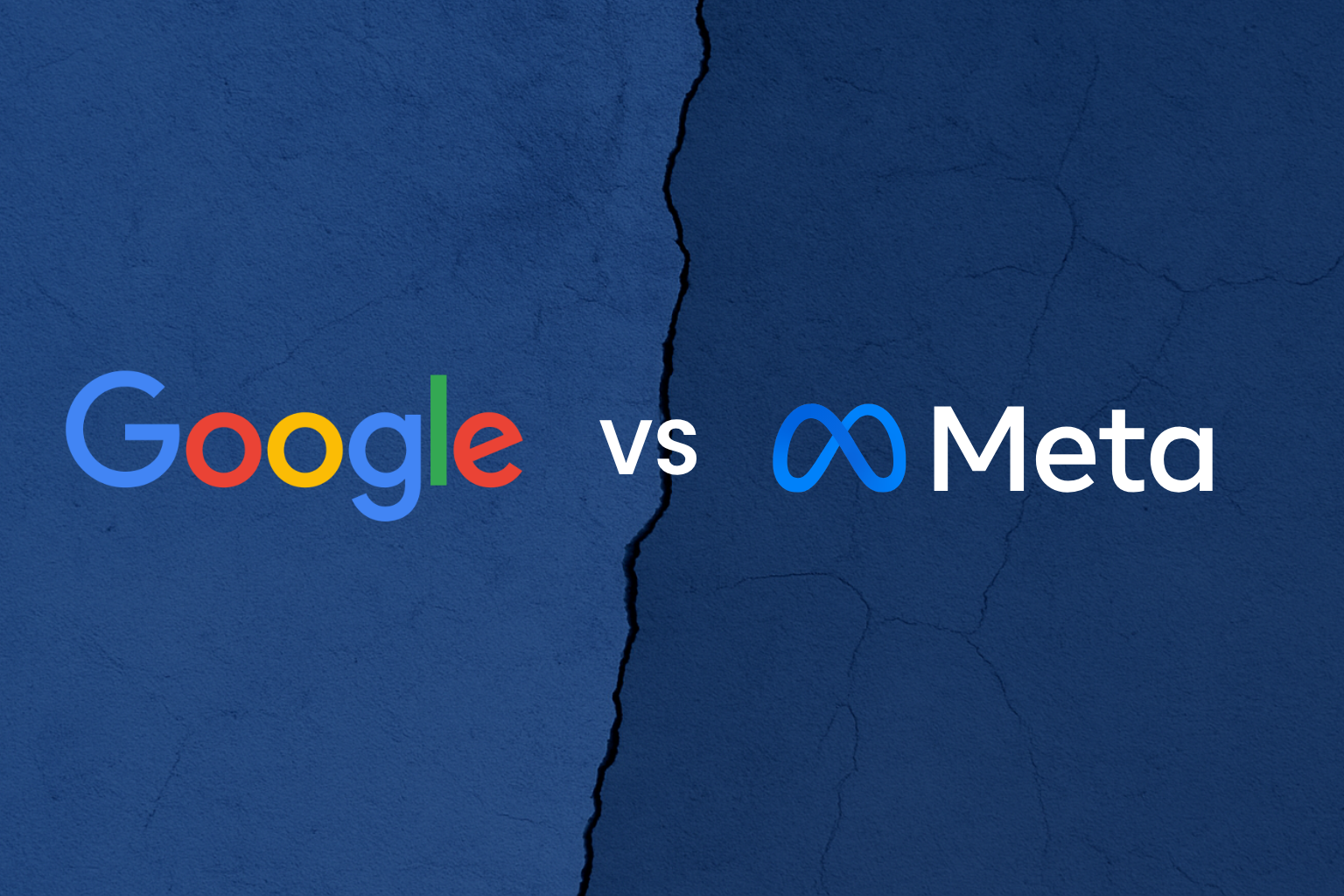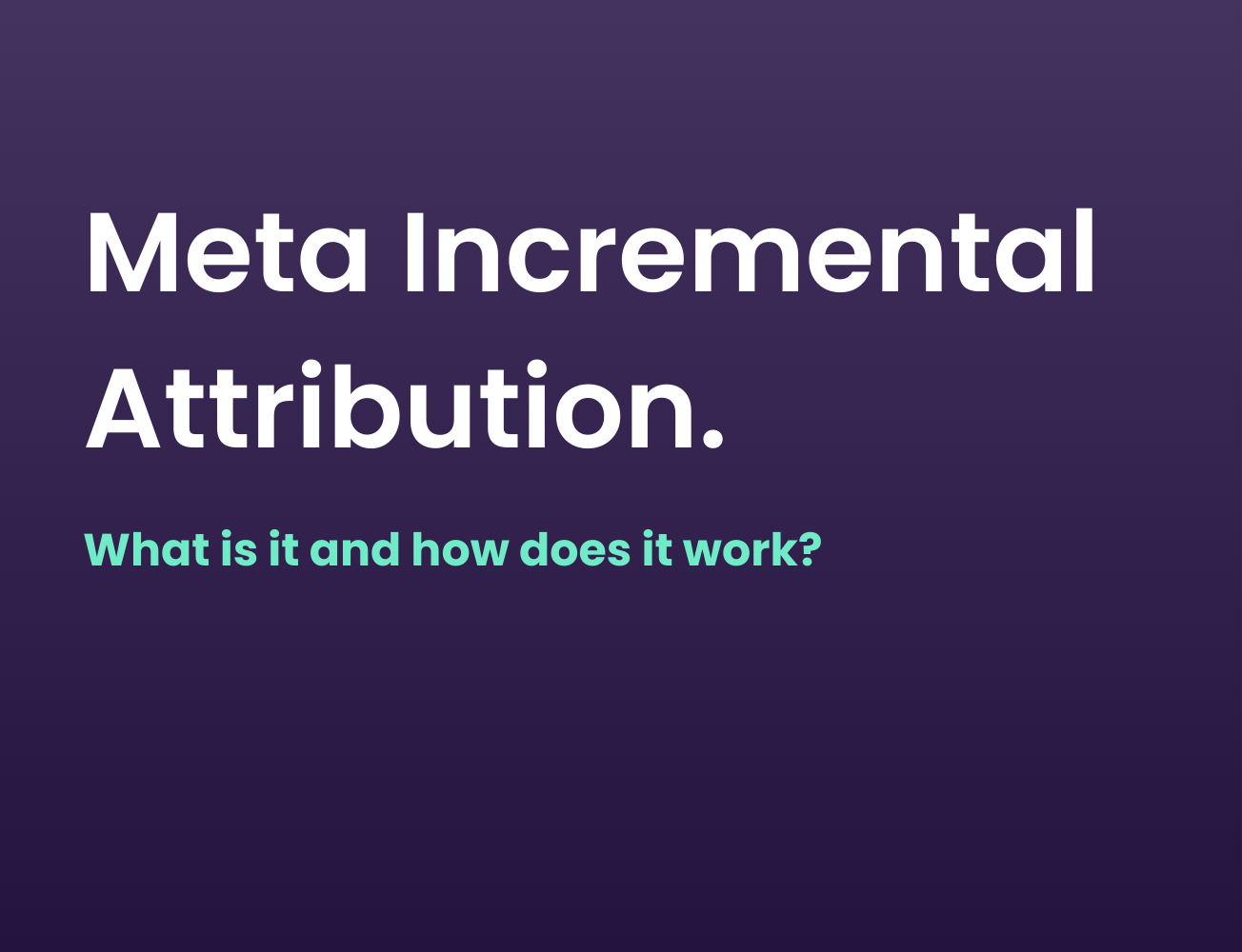When it comes to e-commerce digital marketing, we’re often asked whether brands should spend more on Google or Meta.
However, it’s not a straightforward answer - as both platforms have their own strengths and weaknesses at each stage of the marketing funnel.
Grasping how Google and Meta operate across the marketing funnel is key to building more effective e-commerce paid media strategies – and in this post, we’re sharing our take on how each platform fits into the picture.
Top of Funnel
The top of funnel is all about building brand awareness and reaching new audiences who may not yet know about your brand/product/services.
The goal here is to spark interest and introduce your products to as many potential customers as possible.
Google: Google’s TOF capabilities are more limited, mainly relying on YouTube and Demand Gen campaigns. While Youtube offers massive reach, it can be costly and less targeted compared to Meta.
Demand Gen campaigns are still new and evolving, and they require strong creative assets to perform well. They do however include YouTube shorts as a placement which we see as having great potential.
Meta: Meta is generally considered the stronger platform for TOF activity.
With traffic campaigns, brands can drive large volumes of cost-effective traffic to their sites.
However, it’s important to monitor traffic quality in Google Analytics to ensure that these visitors are genuinely interested rather than cheap clicks.
Our Verdict: Meta’s targeting options and creative flexibility make it a clear winner at this stage.
Middle of Funnel
The middle of the funnel focuses on the consideration stage. Audiences here have shown some interest, and now the goal is to nurture them towards making a purchase decision.
Google: Google Shopping performs strongly at the middle of the funnel, particularly when run through Performance Max (PMax).
PMax offers wide reach across multiple Google channels—including Search, Shopping, Display, and YouTube—which can help drive high volumes of conversions.
However, it comes with some notable limitations. Transparency is limited, meaning you don’t get clear visibility into which channels or audience segments are delivering results.
Control is also reduced, as there’s little ability to fine-tune targeting or access keyword-level insights.
PMax can sometimes absorb too much budget and drive lower-quality traffic if not monitored carefully.
Running standalone Shopping campaigns alongside PMax can help regain some control—especially if you exclude brand traffic from your PMax setup.
This allows you to better segment spend and performance between upper and lower funnel activity.
Meta: On Meta, Advantage+ Shopping Campaigns (ASC) are highly effective at the middle of the funnel. They use Meta’s machine learning to automatically find users who are most likely to convert, even if they haven’t previously interacted with your brand.
One of ASC’s biggest strengths is budget optimisation—Meta allocates spend in real-time to the highest-performing audiences and placements, helping to maximise return without manual intervention.
While ASC does offer strong performance, it also comes with trade-offs. Manual targeting is limited, so advertisers have less control over who exactly sees their ads.
Despite this, ASC is often a reliable choice for scaling conversion-focused campaigns efficiently, particularly when creative and catalog assets are well-structured.
Our Verdict: It’s a draw - both platforms are effective in capturing demand from the middle of the funnel and both should play a part in your ecommerce brands’ digital marketing strategies.
Bottom of Funnel
The bottom of the funnel targets the most engaged audiences - those ready to convert. At this stage, it’s about closing the deal and driving sales.
Google: Google doesn’t offer many retargeting options beyond PMAX.
PMAX does include retargeting audience signals, but brands can’t fully control retargeting audiences in the same way they could with previous Smart Shopping or Display Remarketing.
Brand Search campaigns, however, are an excellent tool to capture the lower-funnel demand and convert users who are actively searching for your brand or products - Just use them effectively to ensure you don’t end up overpaying for traffic you would’ve received organically.
Meta: Meta shines at the BOF.
It allows for precise retargeting to people who have visited your website or added products to their cart.
Dynamics Product Ads (DPAs) are particularly effective here, automatically showing relevant products to each user based on their browsing history.
With Meta, you can also be selective about which audiences to retarget, allowing for more granular control over budget and messaging.
Our Verdict: When it comes to capturing that bottom of the funnel demand, it’s another win for Meta.
Conclusion
Both Google and Meta play crucial roles in e-commerce digital marketing, but they excel at different stages of the funnel.
Meta stands out at the top and bottom of the funnel, offering strong awareness and retargeting capabilities.
Meanwhile, Google is most effective in the middle of the funnel with Shopping, PMAX and brand search campaigns.
An effective e-commerce paid media strategy should combine the strengths of both platforms to guide potential customers effortlessly from discovery to purchase.
By understanding where each platform performs best, you can allocate budget more strategically and maximise return on ad spend at every stage of the funnel.
.png)
.png)

.png)

.jpg)


.png)
.png)

.png)


.svg)
.svg)
.svg)
.svg)